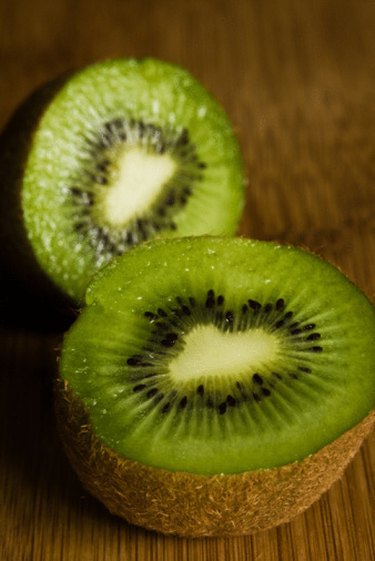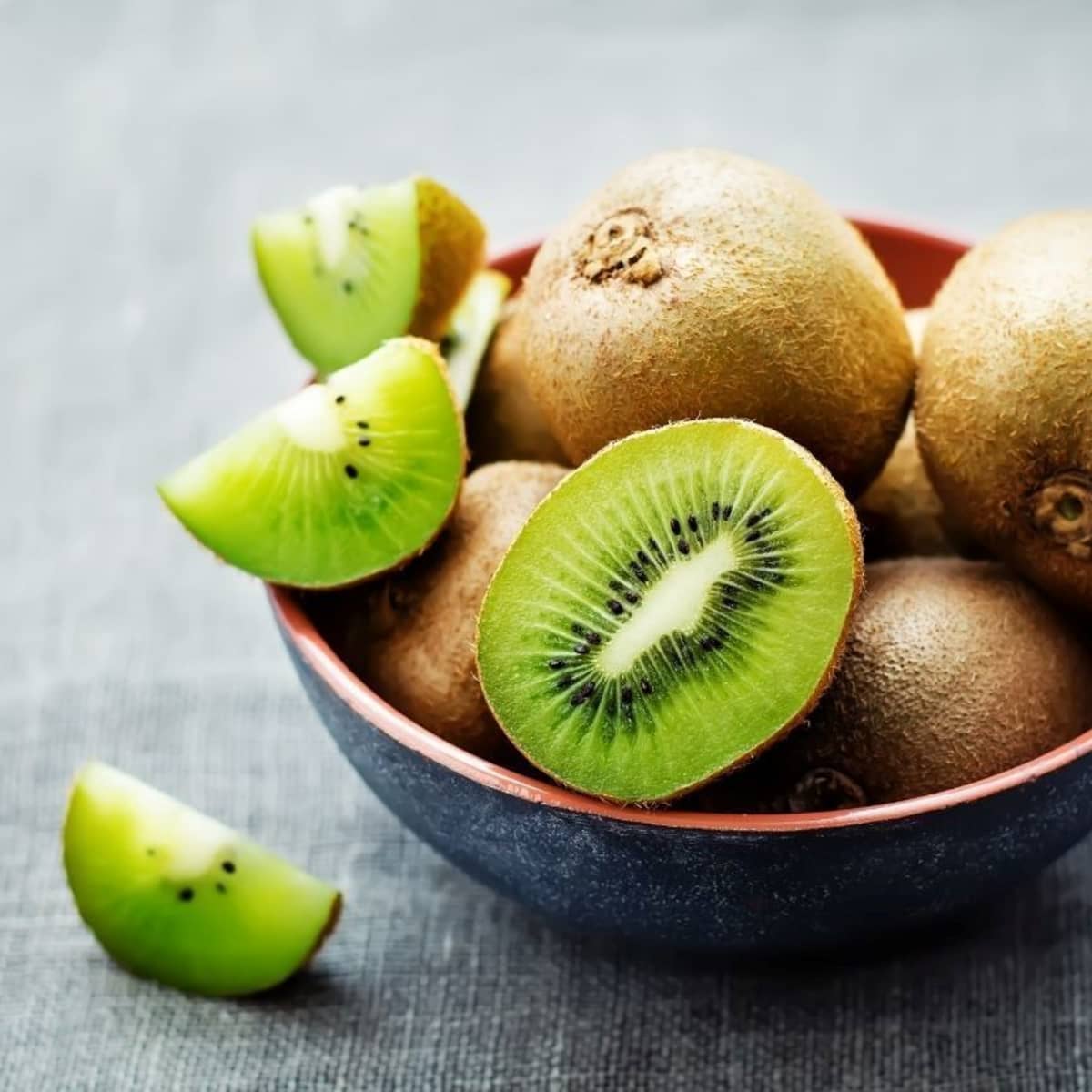Checking Out the Special Characteristics and Interesting Biology of Kiwi: A Comprehensive Research Study
Welcome to the remarkable globe of kiwi! Prepare to be surprised as we discover how kiwis have actually adapted to their flightless presence and find their ecological relevance.
Physical Attributes
What are the physical attributes of a kiwi bird? Well, let's dive right in! The kiwi bird is a tiny, flightless bird belonging to New Zealand. It gauges regarding 12 to 14 inches in elevation and evaluates around 2 to 7 pounds. Among the most unique features of the kiwi bird is its lengthy, slender expense. This bill is not only made use of for feeding, however additionally for digging burrows in the ground.
The kiwi bird has an one-of-a-kind quill, with soft, hair-like feathers that look like fur. Unlike the majority of birds, the kiwi has tiny wings that are concealed under its plumes and are not useful for flying.
Another interesting physical quality of the kiwi bird is its nostrils located at the pointer of its bill. This adaptation enables them to seek bugs and worms, their primary source of food, in the ground cover on the woodland flooring (what do kiwis taste like). In addition, the kiwi bird has big, round eyes that are adapted for low-light conditions, as they are mainly nighttime
Feeding Routines
To comprehend the feeding behaviors of the kiwi bird, you need to observe its foraging habits and dietary preferences. Kiwis are unique in their feeding habits, as they are mainly nocturnal and depend heavily on their feeling of scent to situate food. They have a long, slim bill that permits them to penetrate the ground in search of insects, worms, and other invertebrates. These birds utilize their solid feeling of scent to discover prey concealed underneath the surface area, and afterwards utilize their expense to remove it.
Kiwis are omnivorous, implying they eat both plant and animal issue. In addition to bugs, kiwis also take in fruits, seeds, and berries. They have a specific desire for fallen fruits that are abundant in sugars, such as the berries of the shrubby tororaro plant. Kiwis have been observed feeding on a variety of plant types, suggesting their versatility to various food sources.
Surprisingly, kiwis do not have a crop, which is a specific part of the gastrointestinal system discovered in many birds. Rather, their food passes straight from the esophagus to the belly. This may be a result of their special evolutionary history and ecological niche.
Recreation and Reproduction
Now allow's explore the fascinating world of kiwi recreation and reproduction, structure upon our previous expedition of their one-of-a-kind feeding behaviors. Kiwis have a rather intriguing reproductive process. They are monogamous birds, suggesting they form long-term pairs. Once a pair has actually created, they will certainly stay with each other forever, which can be up to thirty years in the wild.
Reproducing season for kiwis commonly takes place in between June and March. During this moment, the women kiwi will certainly lay one to 2 eggs, which are uncommonly big contrasted to the bird's body dimension. Kiwi eggs are the biggest of any bird in proportion to body weight. After the eggs are laid, both the male and women take transforms breeding the eggs, with each taking changes that can last approximately 12 days.
Once the chicks try this hatch out, they are born totally feathery and able to see (what do kiwis taste like). They are additionally quite bright, suggesting they are able to look after themselves reasonably swiftly. Nonetheless, also after the chicks have hatched out, the parents remain to give care and protection for them up until they are totally independent, which can take a number of months.

Adaptations to Flightless Presence
As a flightless bird, the kiwi has actually gone through several modifications to its makeup and habits that allow it to prosper in its unique setting. Unlike other birds, kiwis have small, vestigial wings that are virtually ineffective for flying.
Another adjustment that kiwis have actually established is their solid legs and feet. These features enable them to successfully run and walk, making up for their failure to fly. The kiwi's legs are positioned and muscular much back on its body, giving it with a low center of mass and optimum balance. Additionally, its feet are furnished with sharp claws that help in digging and foraging for food.
In Resources order to make it through without the capacity to fly, kiwis have actually likewise created an eager sense of odor. Their lengthy, slender beaks home very delicate nostrils, enabling them to detect pests and worms beneath the woodland floor. This exceptional adjustment assists kiwis find food resources and maintain a balanced diet.
Ecological Value
The environmental relevance of kiwi lies in their role as key seed dispersers in their indigenous environment. As they move through the woodland floor, kiwi forage for insects, worms, and a selection of plants.
The kiwi's capacity to distribute seeds is important for preserving the biodiversity and balance of their ecological community. By spreading out seeds across various locations, they contribute to the development and wealth of various plant varieties. Consequently, these plants supply food and shelter for various other pets, developing a web of interdependencies within the ecological community.
Additionally, kiwi play an important function in managing the populace of particular plant varieties (what do kiwis taste like). Some plants create a too much number of seeds, which can cause congestion and limited sources for other plants. By eating and spreading these seeds, kiwi help regulate the development of such plants, making sure a much healthier and a lot more varied environment
The ecological value of kiwi expands beyond their duty as seed dispersers. Their burrowing habits additionally contributes to soil oygenation and nutrient recycling, improving the general wellness of the forest floor. Furthermore, their feeding behaviors can help manage insect populations, decreasing the threat of pest break outs that might damage vegetation.
Final Thought
In verdict, discovering the distinct attributes and remarkable biology of kiwi reveals its physical characteristics, feeding practices, recreation and reproducing patterns, along with its adjustments to a flightless presence. With its distinguishing characteristics and ecological significance, the kiwi works as an exceptional instance of nature's variety and adjustment. By recognizing and valuing the kiwi's duty in its ecological community, we can further advertise preservation initiatives to make sure the conservation of this exceptional types for future generations.
